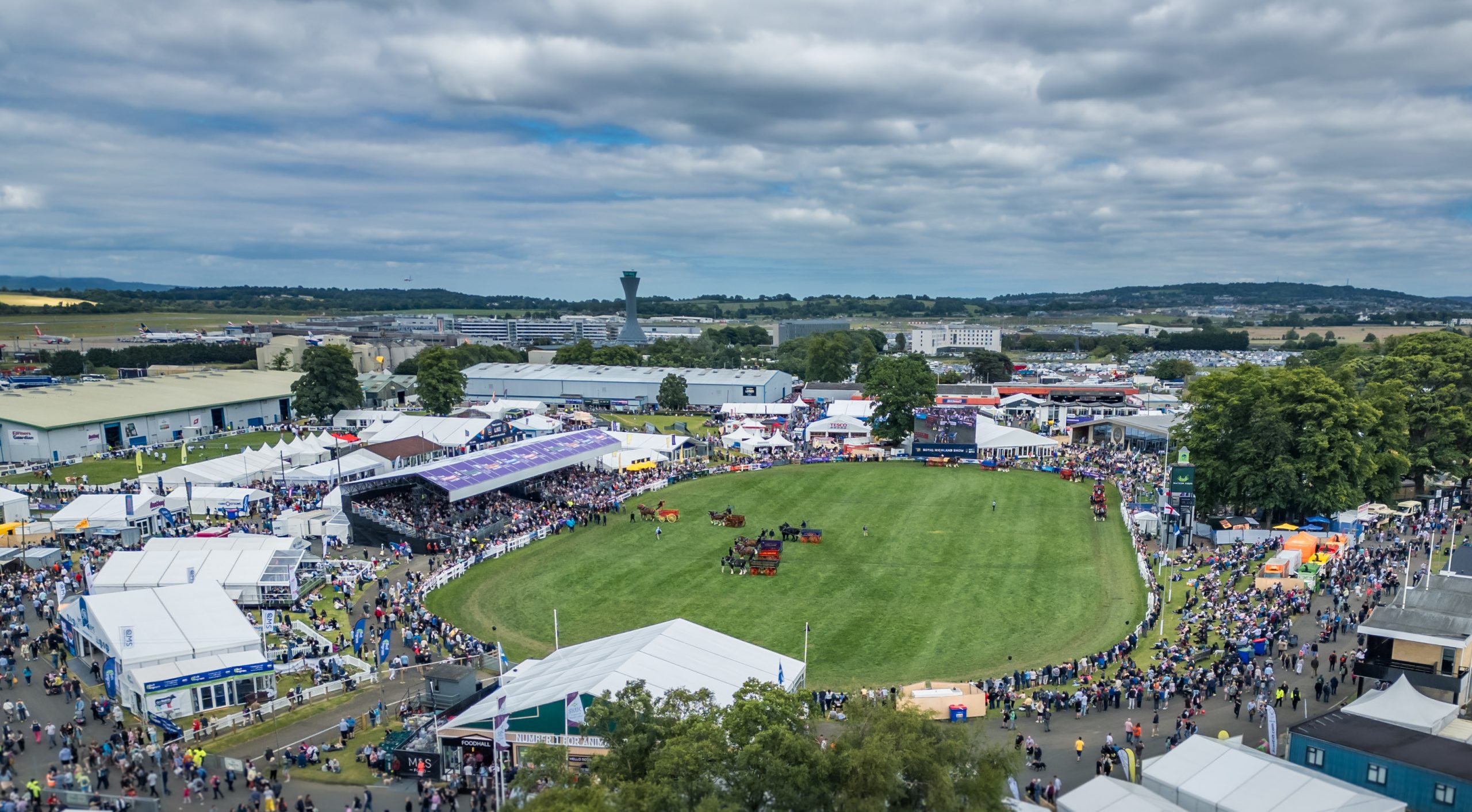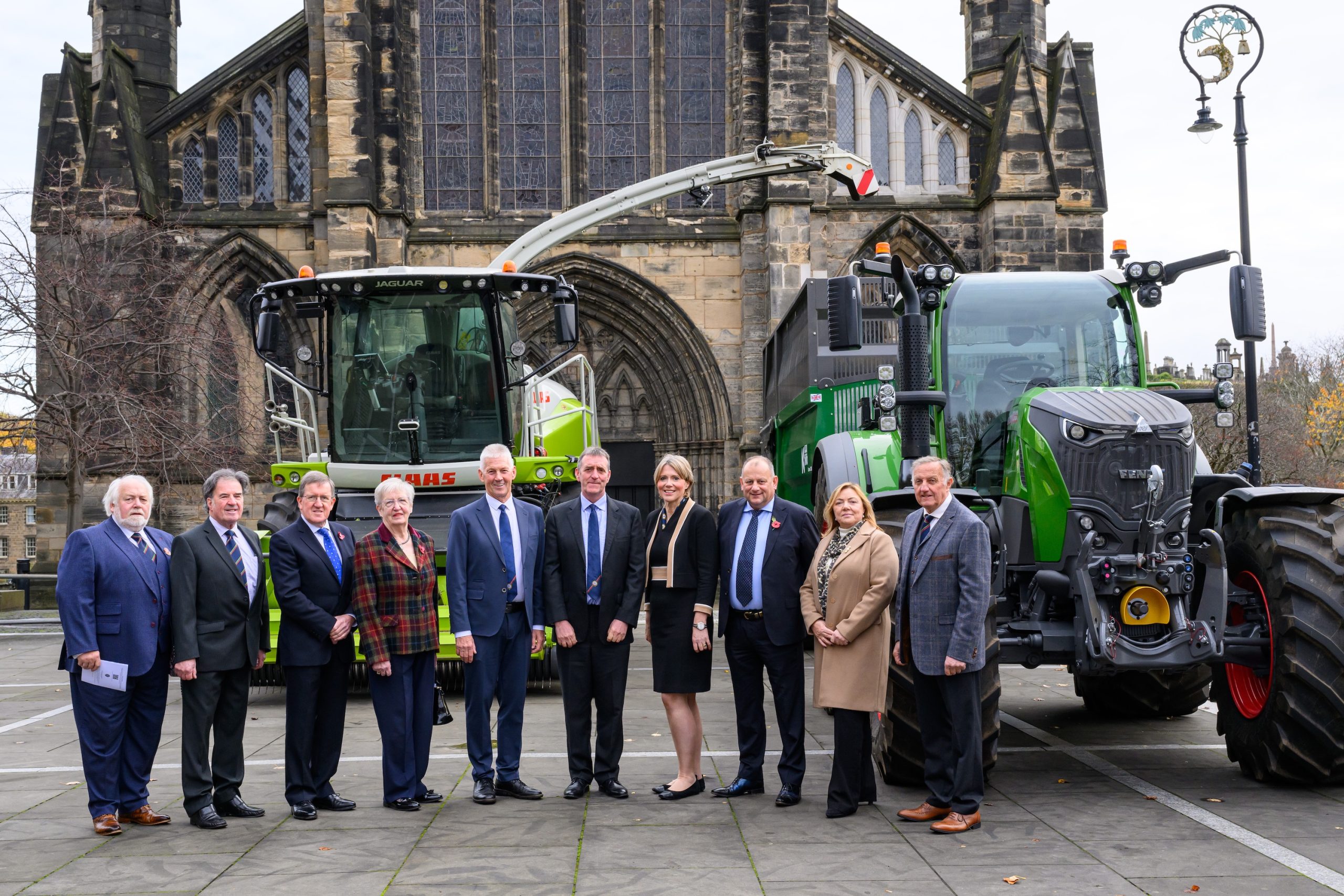News

New governance framework passed at RHASS AGM
01 May 2025
New governance framework passed at RHASS AGM
Learn more

RHASS appoints new Chief Executive
09 Apr 2025
RHASS appoints new Chief Executive
Learn more

Exclusive Auction Prizes Announced for RHASS Presidential Initiative Charity Dinner
20 Feb 2025
Exclusive auction prizes announced for RHASS Presidential Initiative Charity Dinner
Learn more

Join RHASS as our new Chief Executive – Lead, Innovate, and Inspire
12 Feb 2025
Join RHASS as our new Chief Executive – Lead, Innovate, and Inspire
Learn more
 Login
Login Login
Login